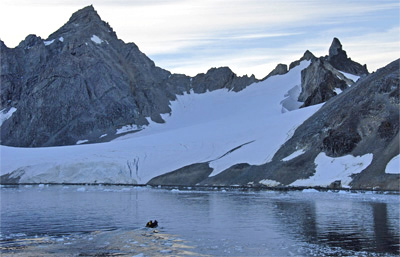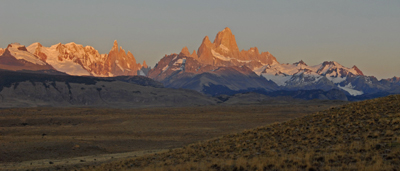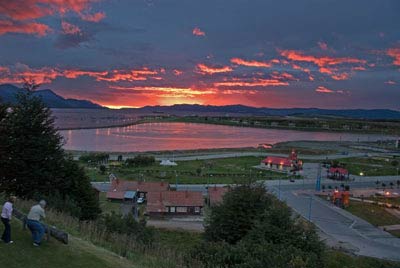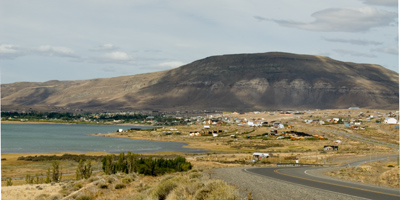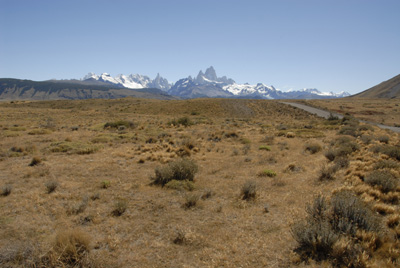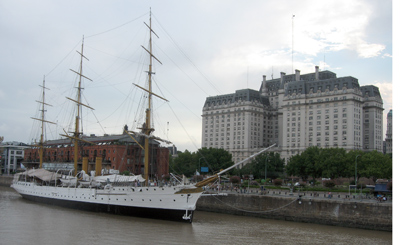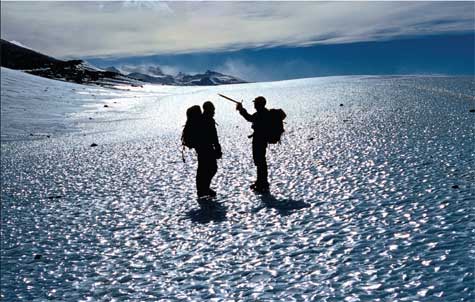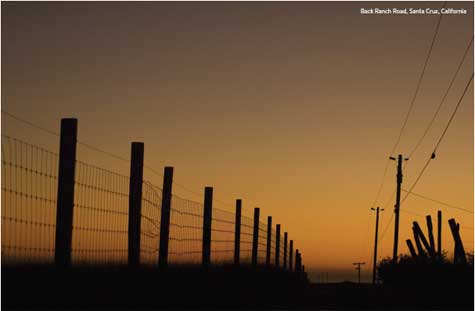February 20, 2006: Today began early with a 6 am wake-up call for the intrepid souls who planned to climb Spigot Peak. This conical point rises up from the water roughly 300 metres and is backed by even taller mountains. The rest of us set off in Zodiacs for the much lower Danco Island, a 1.5-kilometre long land mass in the southern end of the Errera Channel. We had two objectives: observing gentoo penguins and climbing to the highest point on the island for a view over a spectacular part of the Antarctic Peninsula.
